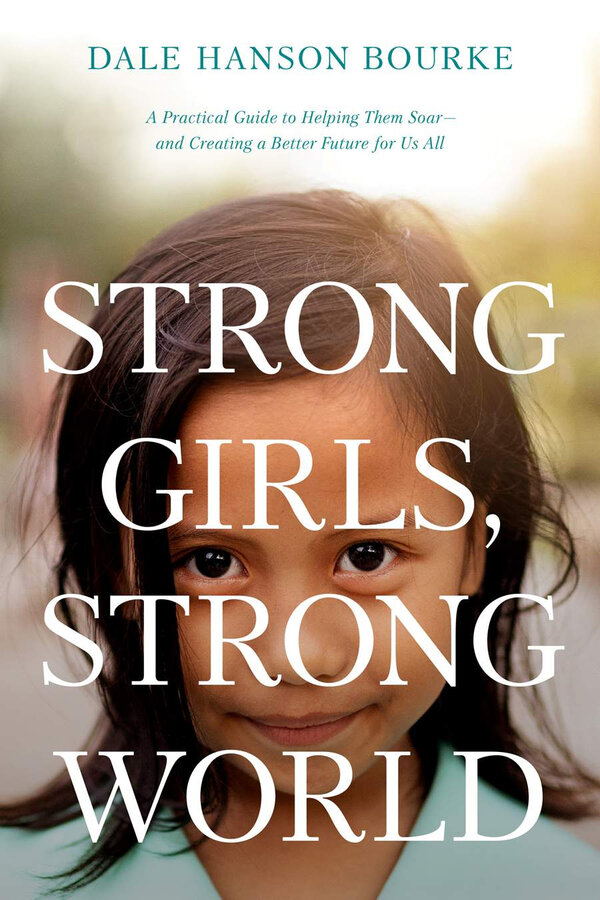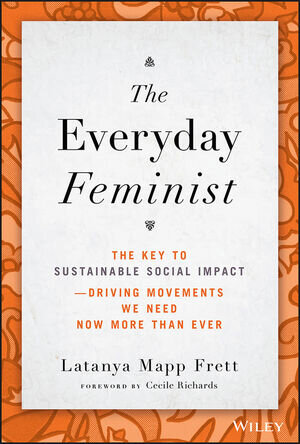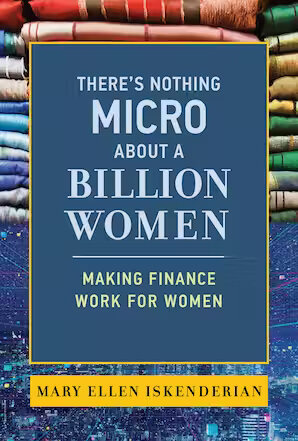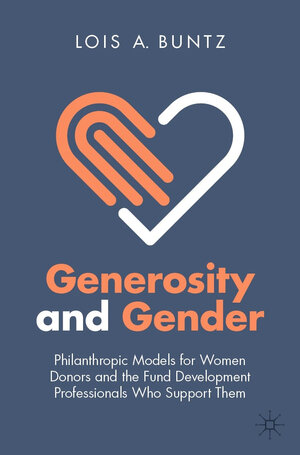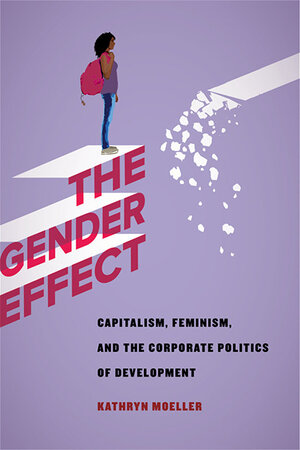Strong Girls, Strong World: A Practical Guide to Helping Them Soar and Creating a Better Future for Us All
In my experience the seeds of change happen when we as individuals read, hear, see, or experience something that confuses or shocks us.
—Dale Hanson Bourke
In many developing nations, women suffer far greater systemic inequalities than those of us in wealthy nations—lack of human rights, political power, and adequate education and health care; exposure to economic hardship, poor housing conditions, and violence; and inability to own land or have a say in whom and when they marry, when they will have children, or how many.
The details of the circumstances that lead to this lack of freedom in these women’s lives are laid bare in Strong Girls, Strong World: A Practical Guide to Helping Them Soar and Creating a Better Future for Us All. Author Dale Hanson Bourke sets out not only to share these women’s stories and reveal the consistent lack of resources available but also to make it easy for readers to take action. She shares ideas on how to assist from afar, how to provide not just monetary donations but also tools and materials—mosquito bed nets, computers, backpacks for children filled with school supplies, or water filters—that can offer incremental benefit to individuals, one “care package” at a time. This approach attempts to cut through potential donors’ confusion and inertia in real-time and to serve as a guide to slash their research time in half.
Dale Hanson Bourke sets out not only to share these women’s stories and reveal the consistent lack of resources available but also to make it easy for readers to take action.
Bourke’s background as the former president of the CIDRZ Foundation and senior vice president of World Relief brings her globe-spanning mission to assist women and girls into sharp focus as she shares their unflinching anecdotes detailing the individual realities of those who are most affected. We learn many of the women’s names and intimate lives and how they’ve suffered, endured, thrived, and triumphed, even as they experienced great losses.
Bourke’s ability to stir emotions through these stories is one of the book’s great strengths, whether she is discussing the harms of environmental impacts or cultural norms. She describes how women and girls face ongoing threats of dehydration due to a lack of clean drinking water and of rampant disease leading to maternal and infant mortality. She illustrates how cultural practices like female genital mutilation, childhood and early marriage, female infanticide, stigma against menstruation, lack of access to hygiene products, and barriers to education threaten their lives and livelihoods.
In addition, there are the cultural and societal practices that impact women and girls that are not widely discussed in the news and social media. These include the forced feeding of women or girls to achieve preferred body standards without regard for their health, or the way a young woman’s dowry price can change the trajectory of her life and, in some cases, can lead to the ready acceptance of gender-based violence as a practice handed down generation after generation.
The book presents a sobering picture, highlighting the disparities between the lives of many women in the West and those in developing nations. While challenges in gender equality persist globally, the day-to-day vulnerabilities experienced by women in the Global South are often more pronounced and urgent, yet lack the support of social services, legislative protection, or advocacy from leaders.
Bourke’s ability to stir emotions through these stories is one of the book’s great strengths, whether she is discussing the harms of environmental impacts or cultural norms.
Bourke highlights these differences, mostly with grace, yet at times with a hint of cultural naïveté, particularly when her own pre-engagement experiences surface. Navigating the intricacies of doing impactful work in other nations involves a learning curve, especially in approaching unfamiliar situations and finding the best ways to communicate with and assist others in establishing clear global goals. Shedding preconceptions doesn’t always seem effortless for Bourke, but ultimately, she understands that it is crucial when delving into sensitive topics that intersect with vulnerable populations.
At times, the reader may wonder why a particular resource is shared rather than another and what effect that resource has had on the community it is intended for. It is important to note that, while giving those who are interested a good start on their research, this book should not take the place of vetting the resources included, asking questions about their impact, or reaching out to the NGOs themselves to explore their work, mission, and values.
The reader could ask similar questions about why Bourke’s focus seems largely international and less on the needs of women and girls domestically. Her words about the shock she experienced when she first visited a developing country and saw the needs there are revealing; she describes her desire to “fix” what she saw as the problem in, as she puts it, “a typical American response.”
Nevertheless, this reader finds Bourke’s unwavering dedication, attention, and passion for amplifying the voices of those silently suffering in distant corners of the world commendable. Her commitment can only help raise global awareness about the challenges faced by women and girls.
Echoing sentiments expressed by others in this field, she emphasizes that when women and girls thrive, the entire community benefits. Their ability to uplift one another and their children from challenging circumstances can lead to improved generational outcomes, reshaping societal attitudes about their inherent worth.
Bourke has undertaken a personal mission to advocate for discarding entrenched, patriarchal viewpoints that limit the perceived value and capabilities of women and girls and for fostering their well-being in various communities. Echoing sentiments expressed by others in this field, she emphasizes that when women and girls thrive, the entire community benefits. Their ability to uplift one another and their children from challenging circumstances can lead to improved generational outcomes, reshaping societal attitudes about their inherent worth.
A recurring theme in the book underscores the collective impact of individual efforts. The narrative emphasizes that many individuals uniting and pulling together can bring about substantial change. Moreover, Bourke highlights how several of the women discussed in the book found themselves struggling to improve their lives alone and without support.
However, she contends that mobilizing readers through these stories and educating them on how to assist—not just why—is critical. Bourke deftly encourages the reader to become informed about the issues, engage in advocacy, leverage spheres of influence, contribute conscientiously with tools and resources, and deploy financial support to make a meaningful difference for women and girls worldwide. Though not working from the vantage point of a large foundation or a grassroots nonprofit, through this singular discourse, Bourke steadfastly works to lead by example.
Lauren Brathwaite is content editor at Philanthropy News Digest.


